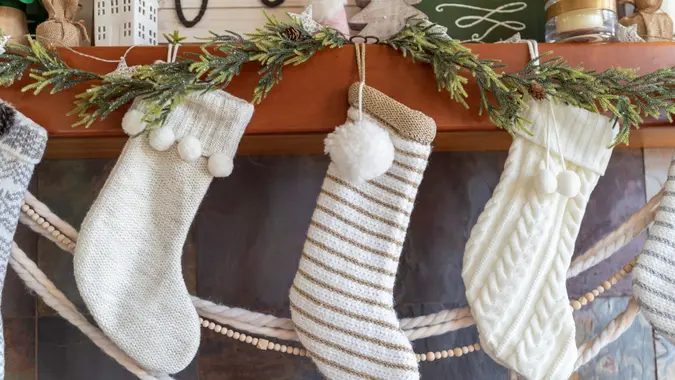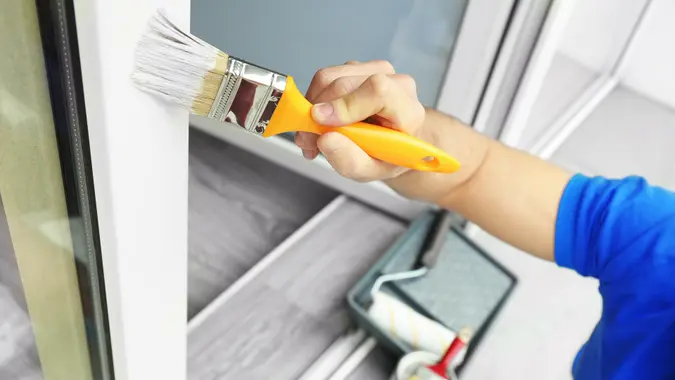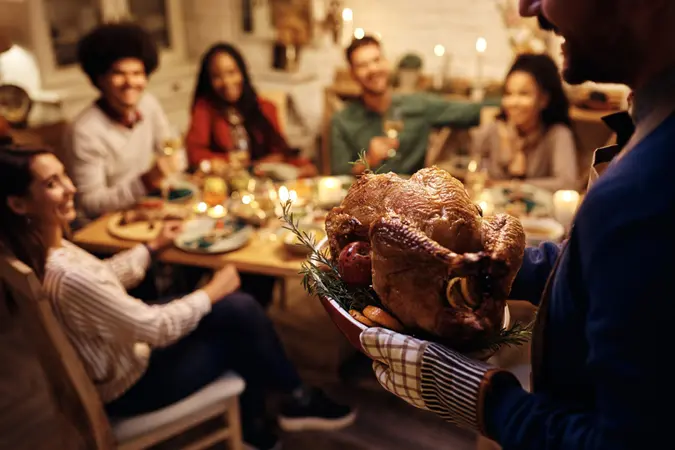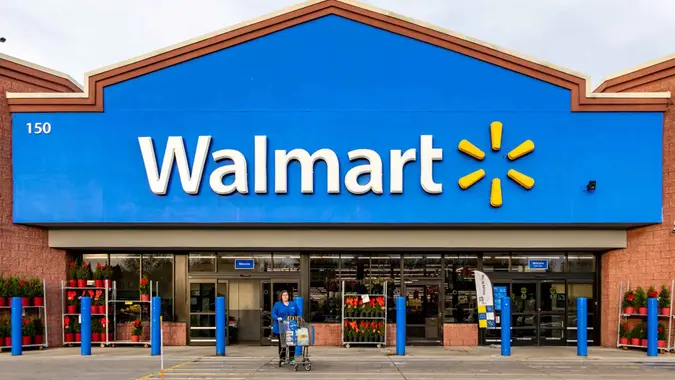More Americans Are Using a Potential Money Trap To Buy Groceries

Commitment to Our Readers
GOBankingRates' editorial team is committed to bringing you unbiased reviews and information. We use data-driven methodologies to evaluate financial products and services - our reviews and ratings are not influenced by advertisers. You can read more about our editorial guidelines and our products and services review methodology.

20 Years
Helping You Live Richer

Reviewed
by Experts

Trusted by
Millions of Readers
Buy now, pay later (BNPL) payment methods sound pretty great if you’re short on cash. Afterpay, Klarna and Affirm are a few of the big players in the space. They cover your purchase, and you pay them back in installments. What’s the problem? It’s all in the fine print, pertaining to payments. You may see “no interest” when you sign up, but if you are late with one of your payments, you’ll likely face a fee. A missed payment can even cause your credit score to drop.
BNPL is becoming increasingly popular — and so are the potential consequences. A new LendingTree survey found that 41% of users of BNPL loans said they paid late on one of them in the past year, up from 34% last year. And people are using BNPL payment methods not just to cover big-ticket items like washing machines or furniture; they’re using them to cover the cost of groceries, too. The LendingTree survey found that 25% of BNPL users say they’ve used the loans to buy groceries, up from 14% a year ago.
What are better ways — ways that won’t leave you vulnerable to penalties or punches to your credit score — to buy groceries? We know that using debit cards or cash is the best way, but what else can you do? Let’s consider the following options that can help you save at checkout.
Use a Rewards Credit Card You Pay Off in Full Every Month
Plenty of credit card companies offer cards that come with financial perks at the checkout aisle. For example, Blue Cash Preferred Card from American Express gives users 6% cash back at U.S. supermarkets (up to $6,000 per year, then 1%). The Capital One SavorOne Cash Rewards Credit Card gives 3% cash back on purchases made at select grocery stores. These cards can be big money savers — but only if you use them responsibly. You have to pay them off in full every month if you want to avoid being hit with the astronomical interest charges.
Shop at Cheaper Stores, Like Aldi
Walmart is the biggest grocery store chain in the U.S. — but it’s not always the cheapest. A little digging shows that Aldi is frequently the more frugal choice. In a recent blog post on Ramsey Solutions, financial expert Rachel Cruze compared prices on various items sold at Walmart and Aldi. She found that almond milk, ice cream, shredded cheddar cheese, oranges, spinach and more items were cheaper at Aldi.
Use Budgeting and Grocery Shopping Apps With Savings Perks
Budgeting apps may feel like a hassle to deal with at first, but once you acclimate to them, they’re easy and sometimes even fun to use. EveryDollar and Grocery Pal are budgeting apps that help you save by consolidating grocery store ads and deals. You can track your spending and get savings at the same time.
Use Cash-Back Apps
Double up on savings by using cash-back apps like Rakuten. On June 16, 2025, Rakuten offered up to 4% cash back on various items at Sam’s Club and 1.5% cash back at Albertsons. Ibotta is another standout cash-back app. Once you download the app and register, you can redeem eligible offers in-store or online from grocery stores and get cash back.
 Written by
Written by  Edited by
Edited by 

























